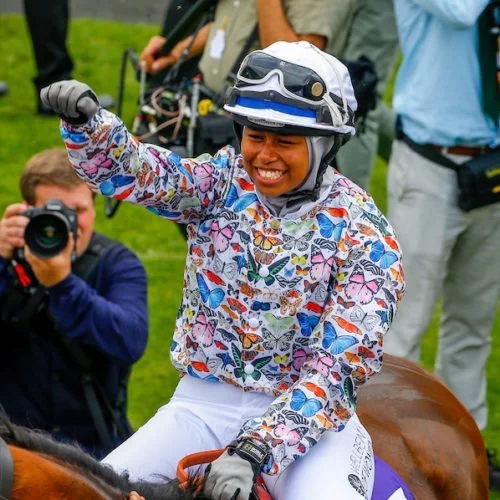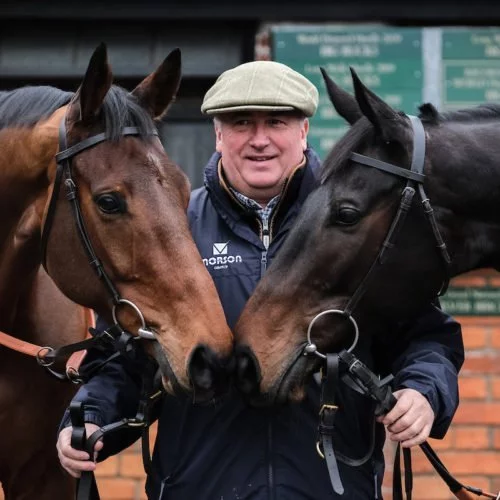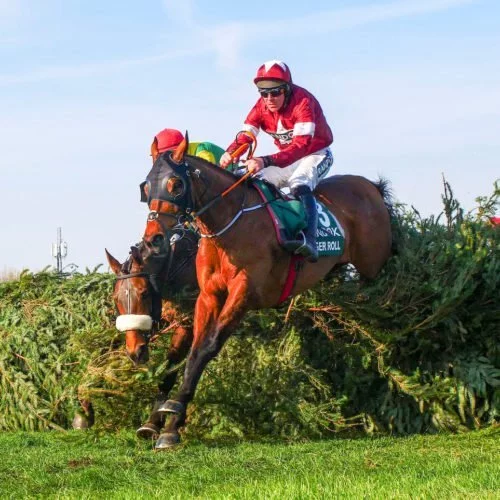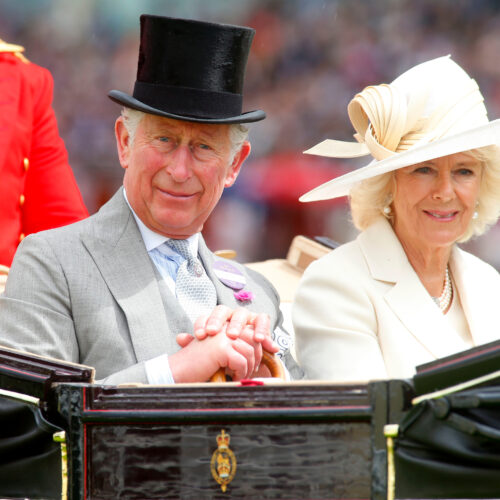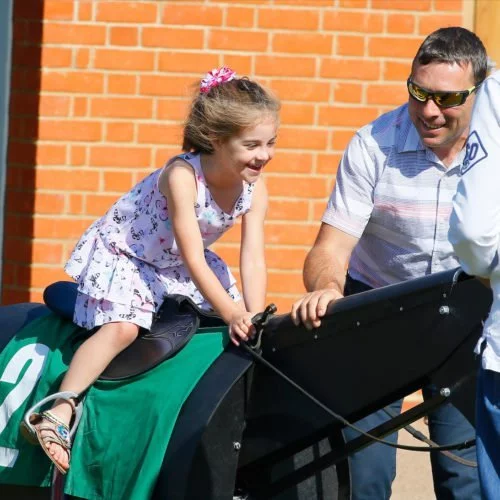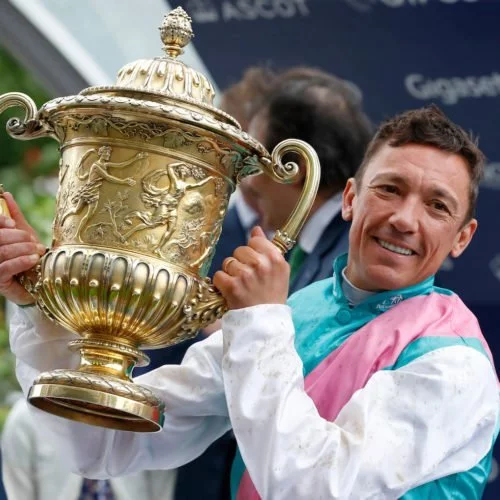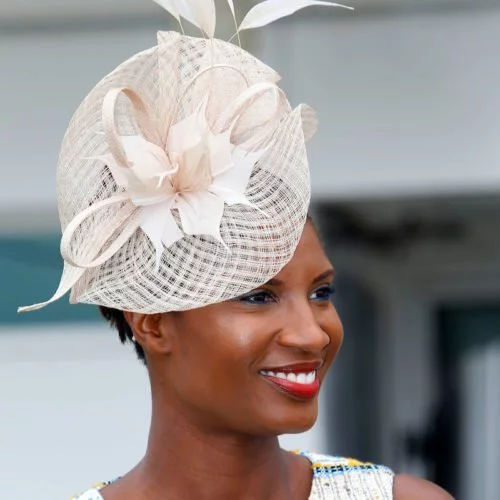The Christmas holidays were a time to eat, drink and be merry. The hard work comes in the New Year when, for many, the most indulgent seasonal treats are replaced by a diet of exercise, fitness and gym membership.
Those looking to shift a few pounds could do worse than follow the guidelines below.
Start Off Slowly and Gradually Build Fitness
When racehorses return from their seasonal breaks, they need to gradually work towards full fitness. In order to build up muscle strength, the training regime usually starts with ‘road’ work.
This involves hours of walking over a period of several weeks to start the path towards full fitness and help minimise the risk of any blips.
Once a fitness base has been created, the work can be stepped up with trotting and cantering. Every trainer will have slightly different ways of doing things. The facilities at each yard can differ a fair amount and the gallops used vary considerably.
There are lots of different surfaces used from grass and specially-designed synthetic all-weather surfaces to woodchip and deep sand, among others. Some trainers use equine pools.
Most horses enjoy swimming and the low-impact nature of the exercise means their fitness can be improved without any slight concerns.
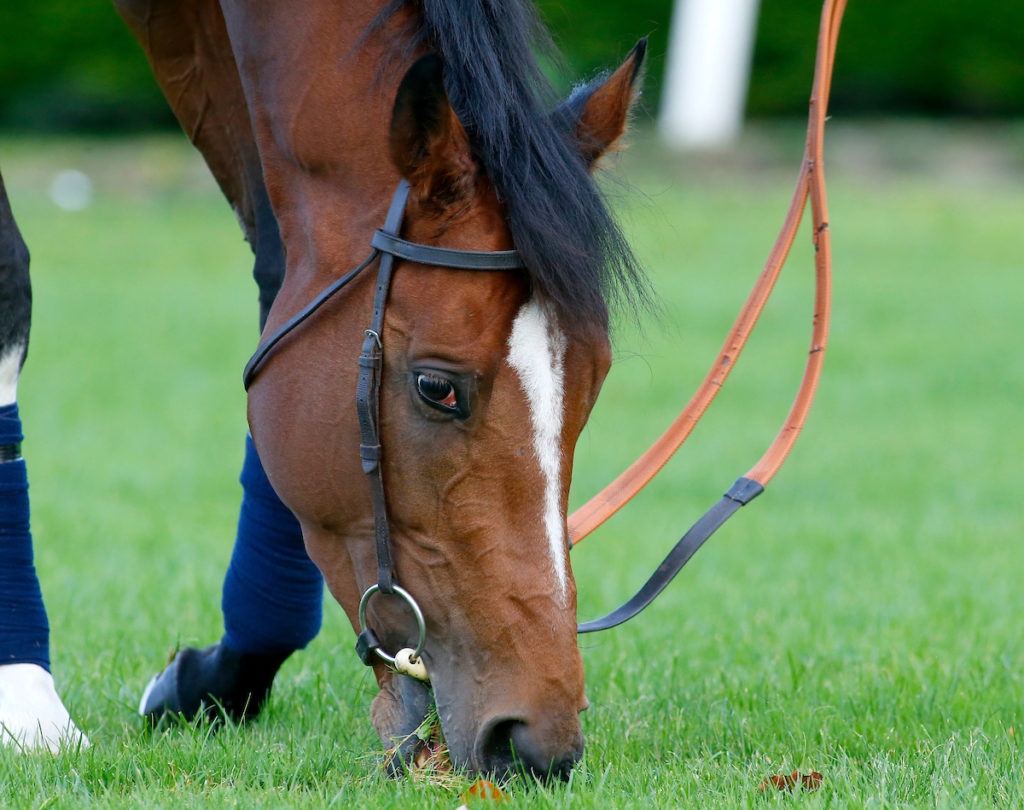
Warming Up is Essential
Some trainers use water treadmills – a kind of spa treatment for horses. These are especially helpful to horses recovering from slight setbacks in their training programme.
Horse walkers are also used to improve fitness. These are circular frames, with slowly-revolving partitions to encourage the horses to walk around at a nice, steady pace.
When horses are in full work the horse walkers are used to warm up the horses before exercise. It’s important, much like footballers stretching before playing, that horses’ muscles are warm before they take to the gallops. Some trainers use round deep-sand gallops for this purpose, too.
When horses have reached peak fitness, they will follow a training routine with a mixture of walking, steady canters and faster work.
Generally, trainers will gallop their horses twice a week, usually on set days. Many will have Sunday as a rest day before starting the weekly programme all over again.
The training routine will often be adapted to the needs of different horses and any runners will have their programme tweaked to ensure they go to the races at their very best.
The gallops used by different trainers can vary hugely. Jumps trainers generally have much stiffer gallops. As they run over longer distances, National Hunt horses need to improve their stamina.
That said, Newmarket’s famous Warren Hill gallops would still test the most hardly of human athletes as it climbs away from the town centre towards the top of the stiff incline. It still wouldn’t be, compared to some of the Lambourn gallops used by jumps trainers, anywhere near as severe.
Modern-day methods are usually based around ‘interval’ training when horses gallop over shorter distances but the exercise is repeated several times.
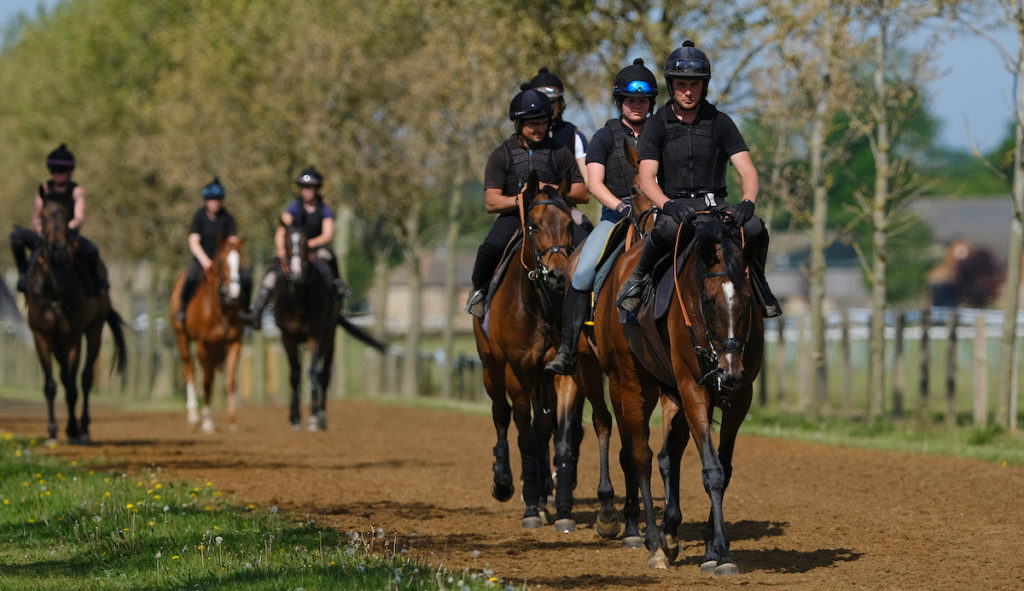
Specialist Training for Specialist Horses
The layout of the gallops is not the only difference between Flat and jumps training.
The National Hunt horses, obviously, have to practice their jumping. This is known as ‘schooling’ and some trainers use specialist coaches, often with eventing or showjumping backgrounds, to help hone their horses’ jumping.
As Flat races are started from stalls, those horses have to be trained to both enter and exit the starting gate competently.
Now you know the basics of what goes into getting a racehorse up to full fitness there’s no excuse for not wanting to work off the turkey, mince pies and that extra helping of Christmas pudding when the New Year arrives.
More From Great British Racing

Meet the Stars of Champions Full Gallop – Season Two
Meet the Stars of Champions Full Gallop Series Two Meet the Stars of Champions Full Gallop – Season 2 Ahead of the return of Champions Full Gallop on Friday 17th October, get...
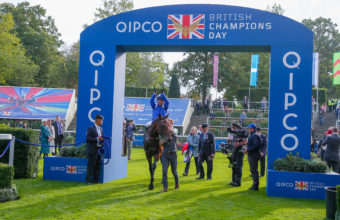
What’s on in October?
Qipco British Champions Day is the glittering highlight of the month. Ascot will stage a record five Group 1 races as the Royal track holds it’s annual celebration of the Flat season....

Premier Raceday Schedule Announced for 2026 – All You Need to Know
Further steps will be taken in 2026 to make it easier for fans to identify and engage with British racing’s showpiece occasions, with a refined number of Premier Racedays, better defined Flat...

